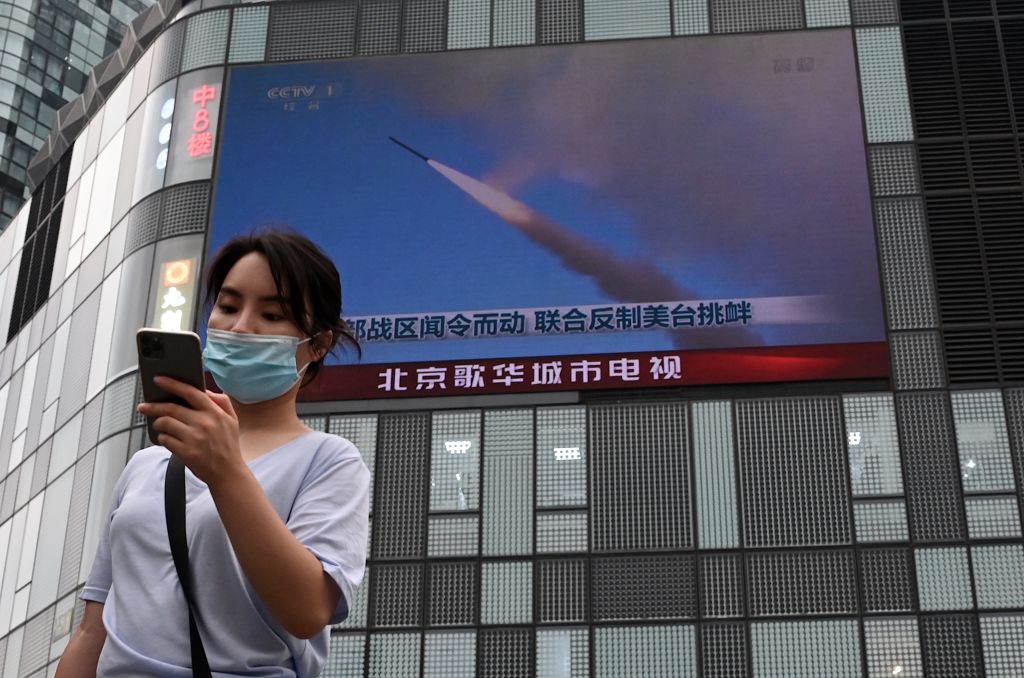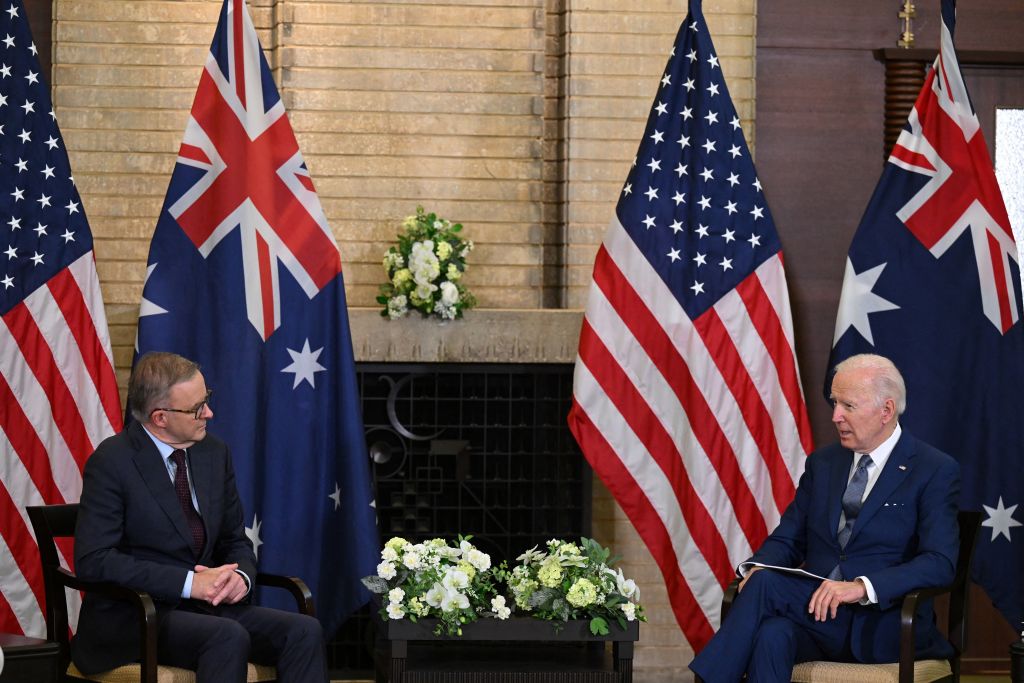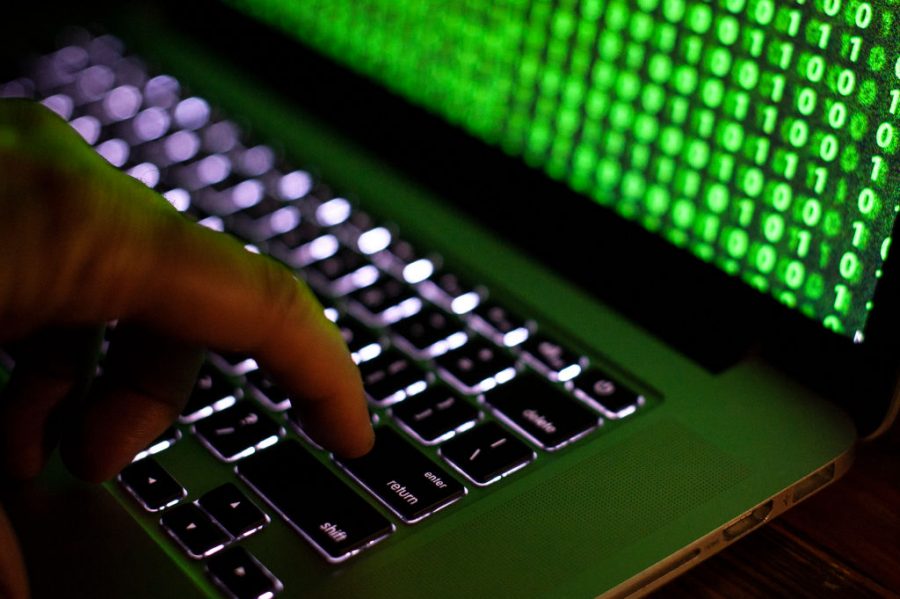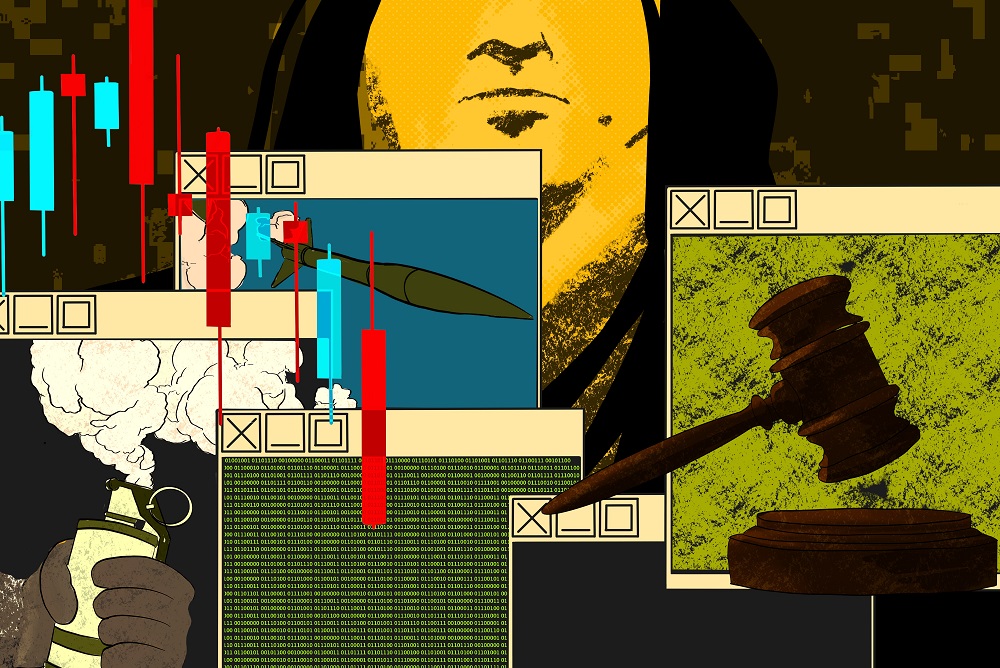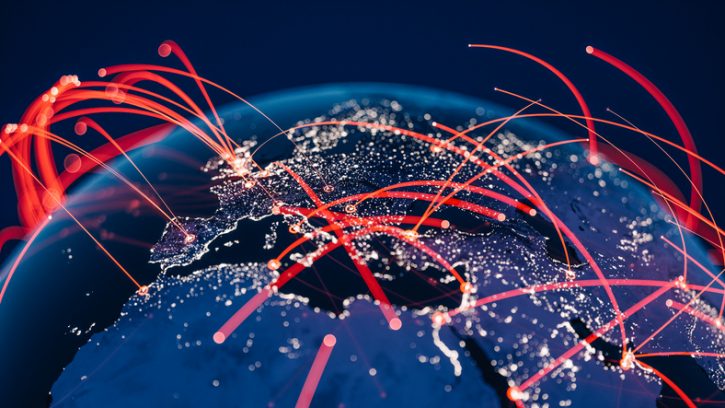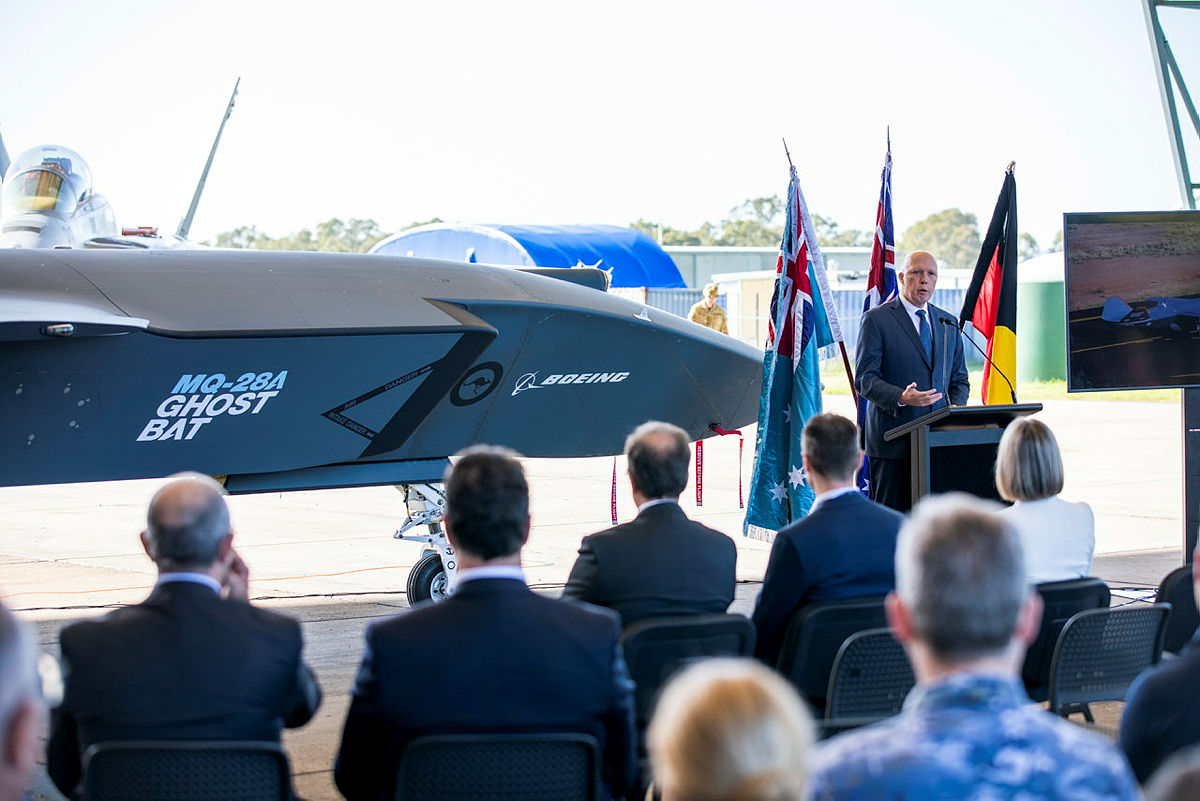Who sent thousands of tweets targeting Islamic extremism in Indonesia?

ASPI works closely with Twitter to analyse information operations and disinformation datasets. High-confidence attribution isn’t always possible in the analysis of these datasets, but we can identify behavioural patterns within the data in order to judge them as likely to be inauthentic—that is, arising from coordinated activity rather than organic expressions by genuine users on the platform.
We can also explore the content, narrative and timing of posts relative to events in order to make inferences about who might be behind them.
Working as a close research partner of Twitter, we are focusing on information manipulation in the Indo-Pacific to encourage transparency around these activities and norms of behaviour that are conducive to open democracies in the region. In this piece, we analyse a dataset relating to Indonesia. ASPI is reporting separately on our analysis of Twitter activity in India.
The broad context
As various commentators have observed, Indonesian democracy has taken an increasingly illiberal turn over the past decade. Our analysis of these Twitter datasets indicates that one aspect of this trend may be the deliberate, secretive manipulation of social media for political purposes. Social media activity suggests that dark actors have used Twitter to legitimise controversial actions that the state’s security apparatus have taken against perceived enemies of the state ideology, Pancasila, and the concept of the unitary Indonesian state.
Pancasila has been integral to the national identity of Indonesia since its earliest post-colonial days. Enshrined in the Indonesian constitution’s preamble and built on five basic principles ranging from belief in a god to concepts of national unity, social justice, and civilised and just international behaviour, it has been described as ‘the main cohesive power to maintain the integrity and entity of the Unitary State of the Republic of Indonesia’.
For much of this history, various regimes have deployed Pancasila to advance their own political and internal security interests. Suharto’s authoritarian New Order (1966–1998) propagated Pancasila to entrench hierarchy, order and social harmony above liberal democracy and universal human rights, which were cast as dangerous deviations. This variety of Pancasila receded in the first decade of the post-Suharto democratic era.
Joko Widodo’s administration, however, has overseen a gradual reinvigoration of Pancasila as an ideological tool to use against supposed threats to its notion of the Indonesian state, particularly Islamists (who want the state and public life built on Islamic law and values), communists and Papuan separatists. In 2016, just two years into his first presidential term, Widodo declared Pancasila Day on 1 June as a public holiday, arguing that the ideology ensured the country’s tolerance of diversity as well as its solidarity and public order, and positioned it to win ‘the global competition’.
The following year, after mass protests by Islamists against Jakarta’s Christian governor that also implicitly condemned the national government, Widodo signed a decree granting the government strengthened powers to disband and ban any group that didn’t adhere to Pancasila. Stressing the need to ‘stop all frictions that have caused tension’, he ordered the national police to crack down on anyone opposed to Pancasila without any regard to other ‘considerations’. If the police had evidence of such opposition, he told a meeting with editors of national media outlets in 2017, and ‘if they [the police] think they should whop them, just do it. Do not hesitate’.
Analysing the data
The dataset we have analysed is made up of two batches of more than 5,900 suspicious tweets that Twitter removed for breaching its platform manipulation and spam policies. One batch related to Papuan issues (and will be addressed in a separate article). The other was pumped out around the middle of December 2020 and related to a series of events that began a month earlier with the return to Indonesia of Muhammad Rizieq Shihab, the leader of the radical Islamic Defenders’ Front (FPI).
Rizieq’s return gave rise to mass rallies and anti-government protests by FPI’s adherents during a Covid-19 lockdown. Ironically, Rizieq labelled these protests as part of a moral revolution consistent with the tenets of Pancasila. Police actions against the organisation for violations of the lockdown and other civil disturbances followed, as well as warnings by senior military officers that the military would deal with anyone who disturbed ‘the unity and integrity of the nation’.
These developments culminated in the 7 December killing of six FPI ‘guards’ of Rizieq in an incident with the Indonesian National Police (POLRI) on a Jakarta freeway. A five-second film soon spread on social media purporting to capture a black-clothed officer unlawfully shooting two FPI guards dead. It was quickly revealed to be a hoax (though, separately, two police officers were eventually convicted for unlawfully killing four of the guards). Police detained Rizieq on 12 December, charging him with numerous crimes such as committing incitement, acts of violence and violations of civic order as well as violations of health orders. Clad in his clerical garb, he appeared in court for a pre-trial hearing on the morning of 18 December.
On 30 December, the government banned FPI. Among the reasons given were that some of its members had been involved in terrorism and other criminal activity and that it had violated the principles of the 1945 Constitution, Pancasila and the Unitary State of the Republic of Indonesia. In June 2021, Rizieq was convicted and sentenced to four years in jail.
Numerous suspicious tweets started surfacing a week after the killings and involved several hashtags, including #IndonesiaNegaraHukum (Indonesia is a law-based state), #FPILaskarHoax, #FPISumberKeributan (FPI source of commotion) and #NewRadikalisme. There was no organic engagement with these coordinated, replicated sets of messaging.
Some of these tweets were anodyne iterations of Indonesia’s system of governance and its principles. For example, roughly 70 said: ‘Laws must be obeyed and enforced to protect the interests of society, protect the interests of the nation and the state’. A few conveyed a relatively measured call for proponents of FPI to pursue any grievances through the courts rather than stage demonstrations. Most, however, either claimed that FPI was an armed terrorist group that should be disbanded for having committed violent offences; unreservedly defended the actions of police; or called on the government to level the full force of the law against FPI.
Of the 1,074 tweets under the #IndonesiaNegaraHukum hashtag that flooded Twitter around noon on the day of Rizieq’s pre-trial hearing, the vast majority were of these types. These included 40 that declared, ‘THE STATE OF INDONESIA IS A STATE OF LAW It is an obligation as a law enforcement officer to enforce the law firmly and fairly. Law officers are protected by law in carrying out their duties.’ They were followed shortly afterwards by 54 tweets stating, somewhat incoherently: ‘Still convinced that those who came today are all empty-handed [that is, unarmed] therefore the evidence In reality his behaviour does not reflect his [religious] attire The state must be firm against armed terrorist groups’.
The same line persisted in a string of repetitious tweets that appeared a day later under #FPISumberKeributan. An example is a series repeating, ‘It’s said on the FPI card, you can’t bear sharp weapons, this is the fact. As it turned out, his behaviour did not reflect his attire Arrest the demo’s Instigator Provocateur’.
Similar tweets had proliferated three days earlier under #FPILaskarHoax, prompted by the bogus anti-police video. Of the 632 tweets under this hashtag, 94 said: ‘Let’s work together with the Police to eradicate radical mass organisations [that] must be disbanded!’ A further 83 tweets declared: ‘People are brainwashed by terrorist doctrine yeah that’s how it is [with] their behaviour, deceive the Society by playing victims!’ Another 37 repeated, ‘Support the Police so that this case becomes real in the public eye, so that rottenness will be exposed’. Thirty-two repeated, ‘likes to throw tantrums, likes provocations, likes to do hate speech. Law enforcement does not stand idly by’. Many others broadly echoed the same themes.
Released in the wake of a controversial use of lethal force against religious extremists whose behaviour had already alarmed the government and upset public opinion, the tweets’ consistent message is plain: FPI (and groups like it) threaten the unitary state by their actions and non-Pancasila ideology, and POLRI has only ever defended Indonesia by its officers’ unswerving loyalty and invariably lawful actions.
A contemporary twist
Earlier this month, POLRI’s chief, Listyo Sigit Prabowo, formally disbanded a hitherto shadowy unit known as Red and White Special Task Force after its head, Ferdy Sambo, was sensationally charged with murdering one of his officers. The unit was reportedly established in late 2016 by the then POLRI chief, Tito Karnavian, following the earliest mass protests against the Christian Jakarta governor. As home affairs minister, Karnavian was instrumental in the decision to ban FPI in 2020.
Ostensibly, the unit was set up to deal with such crimes as narcotics trafficking and gambling rackets. Allegations are now circulating, however, that the unit, which reportedly didn’t have a formal budget line, conducted black operations using funds derived from its own gambling and drug dealings. At least one report also claims that the unit controlled equipment for wiretapping and the hacking of communications and social media, and that the two officers convicted for murdering the FPI guards were members of the unit.
The fallout from the Sambo case, including the light it has shed on his unit, now threatens to bring down others in POLRI’s upper echelons and to bring a police force that already engenders widespread public distrust into even more disrepute.
Final assessment
Our analysis of the tweets cannot conclusively identify the actors responsible. But we can judge them to be inauthentic, coordinated and to mirror a position the Widodo administration had been propagating for years about the singular legitimacy of the state ideology and the existential threat to Indonesia posed by Islamists.
Many Indonesians would likely have had few qualms were its security apparatus to have secretly manipulated social media to reinforce an already negative public mood towards a violent radical group characterised as deviating from the state ideology, and thereby perhaps influence legal action against its leader.
Given the public’s deep cynicism towards POLRI, however, they may be less comfortable about what prima facie was an operation also aimed at legitimising the lethal actions of police officers that many suspected at the time to have been unlawful, as Indonesian courts eventually found.

